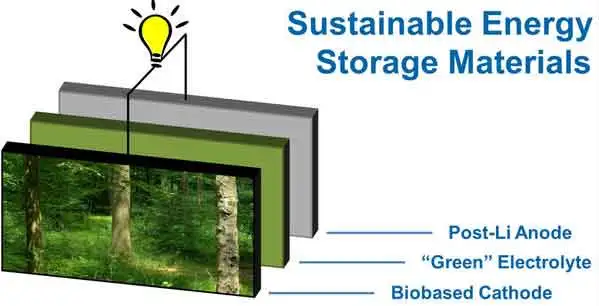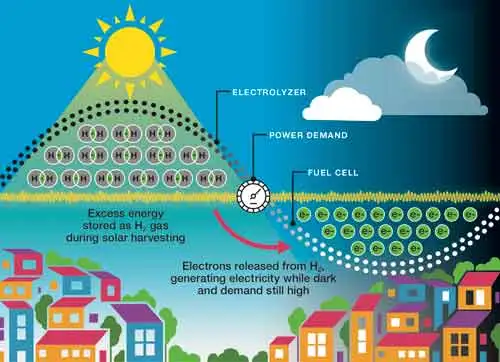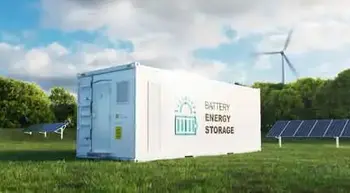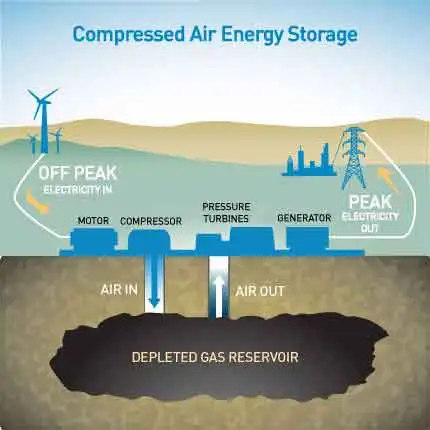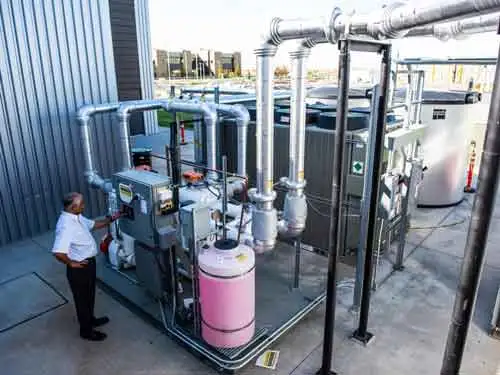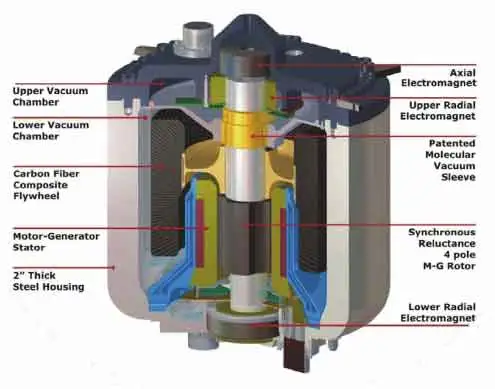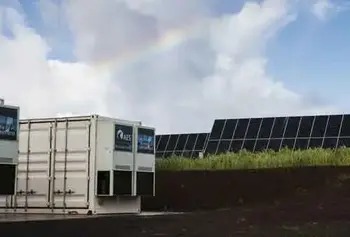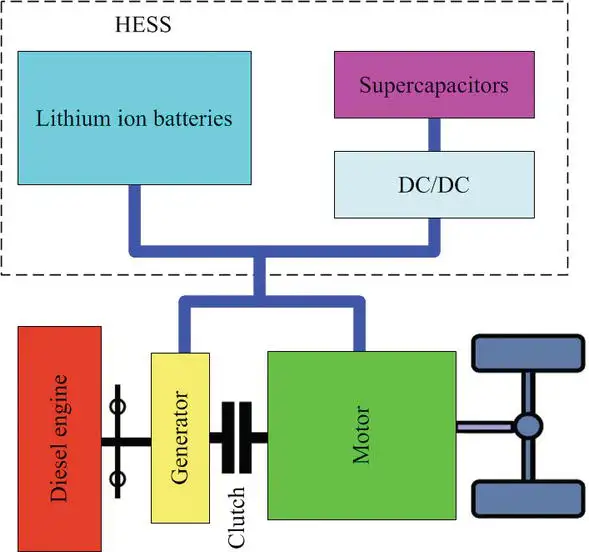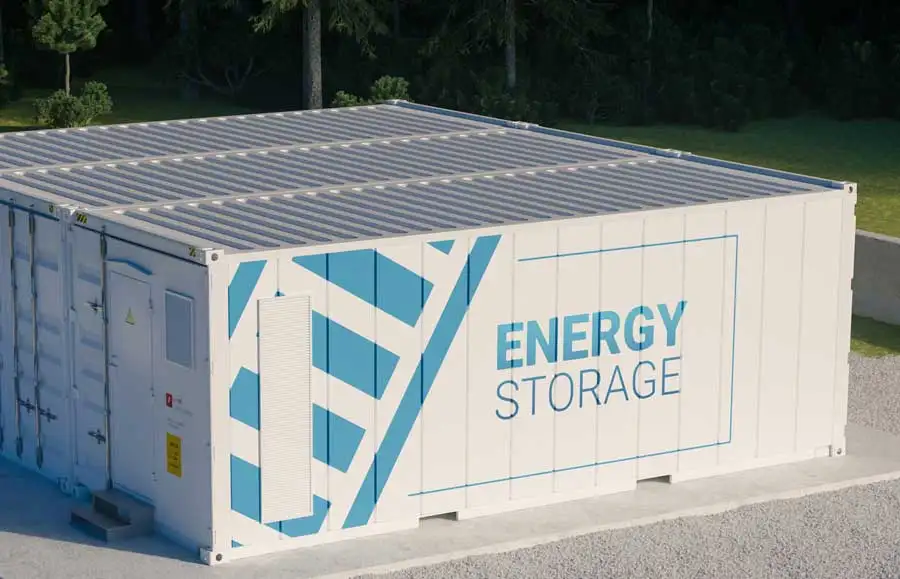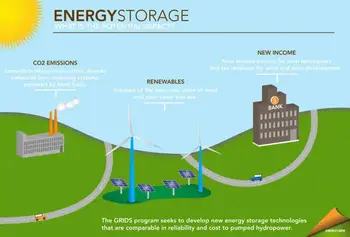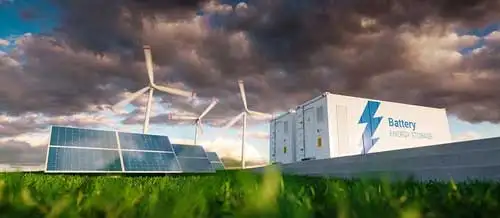Capacitor Energy Storage Formula: Understanding the Basics
Capacitors are important components in electronic circuits for energy storage. The formula for charge storage by a capacitor and the formula for calculating the energy stored in a capacitor demonstrate that the amount of charge and energy stored in a capacitor is directly proportional to its capacitance and the voltage applied to it. The capacitance and voltage of a capacitor affect its energy storage capability and capacity, respectively. When discharged, a charged capacitor can deliver a large shock of electrical energy, which can be dangerous and potentially lethal.
The Formula for Charge Storage by Capacitor
The amount of electrical charge that a capacitor can store is directly proportional to the applied voltage and the capacitance of the capacitor. The formula for charge storage by the capacitor is given by:
Q = C x V
Where Q is the charge stored in coulombs, C is the capacitance in farads, and V is the voltage across the capacitor in volts.
Calculating Energy Stored in a Capacitor
The energy stored in a capacitor can be calculated using the formula:
E = 1/2 x C x V^2
Where E is the energy stored in joules, C is the capacitance in farads, and V is the voltage across the capacitor in volts.
The Stored Energy of a Capacitor
When a capacitor is charged, electrical energy is stored in the electric field between its two plates. The stored energy of a capacitor can be released when the capacitor is discharged. The amount of energy that can be stored in a capacitor is directly proportional to the capacitance and the voltage across the capacitor. Therefore, when discharged, a charged capacitor can deliver a large shock of electrical energy, which can be dangerous and potentially lethal.
Calculating Energy Stored
The energy stored in a capacitor is a function of its capacitance, and the voltage applied. The formula for calculating the energy stored is given by:
E = 1/2 x C x V^2
Where E is the energy stored in joules, C is the capacitance in farads, and V is the voltage across the capacitor in volts.
Formula for Calculating Energy Stored in a Capacitor
The formula for calculating the energy stored in a capacitor is given by:
E = 1/2 x C x V^2
Where E is the energy stored in joules, C is the capacitance in farads, and V is the voltage across the capacitor in volts. This formula demonstrates that the energy stored in a capacitor is directly proportional to the capacitance and the square of the voltage applied to it.
Capacitance and Energy Storage Capability
The capacitance of a capacitor affects its energy storage capability. A capacitor with a higher capacitance can store more energy than a capacitor with a lower capacitance. This is because the amount of charge a capacitor can store is directly proportional to its capacitance.
Voltage and Energy Storage Capacity
The voltage across a capacitor affects its energy storage capacity. A capacitor with a higher voltage applied to it can store more energy than a capacitor with a lower voltage applied to it. This is because the energy stored in a capacitor is directly proportional to the square of the voltage applied.
What is the formula for charge storage by capacitor?
The formula for charge storage by a capacitor is Q = C x V, where Q is the charge stored in coulombs, C is the capacitance in farads, and V is the voltage across the capacitor in volts.
How do you calculate the energy stored in a capacitor?
The energy stored in a capacitor can be calculated using the formula: E = 1/2 x C x V^2, where E is the energy stored in joules, C is the capacitance in farads, and V is the voltage across the capacitor in volts.
What is the stored energy of a capacitor?
The stored energy of a capacitor is the electrical energy stored in the electric field between the two conducting plates of the capacitor.
How do you calculate the energy stored?
The energy stored in a capacitor can be calculated using the formula: E = 1/2 x C x V^2, where E is the energy stored in joules, C is the capacitance in farads, and V is the voltage across the capacitor in volts.
What is the formula for calculating the energy stored in a capacitor?
The formula for calculating the energy stored in a capacitor is E = 1/2 x C x V^2, where E is the energy stored in joules, C is the capacitance in farads, and V is the voltage across the capacitor in volts.
How does the capacitance affect the energy storage capability of a capacitor?
The capacitance of a capacitor directly affects its energy storage capability. A capacitor with a higher capacitance can store more energy than a capacitor with a lower capacitance because the amount of charge that a capacitor can store is directly proportional to its capacitance.
How does the voltage across a capacitor affect the energy storage capacity?
The voltage across a capacitor affects its energy storage capacity. A capacitor with a higher voltage can store more energy than a lower voltage because the energy stored in a capacitor is directly proportional to the square of the voltage applied to it.


